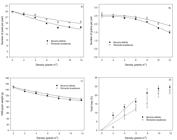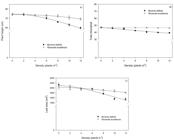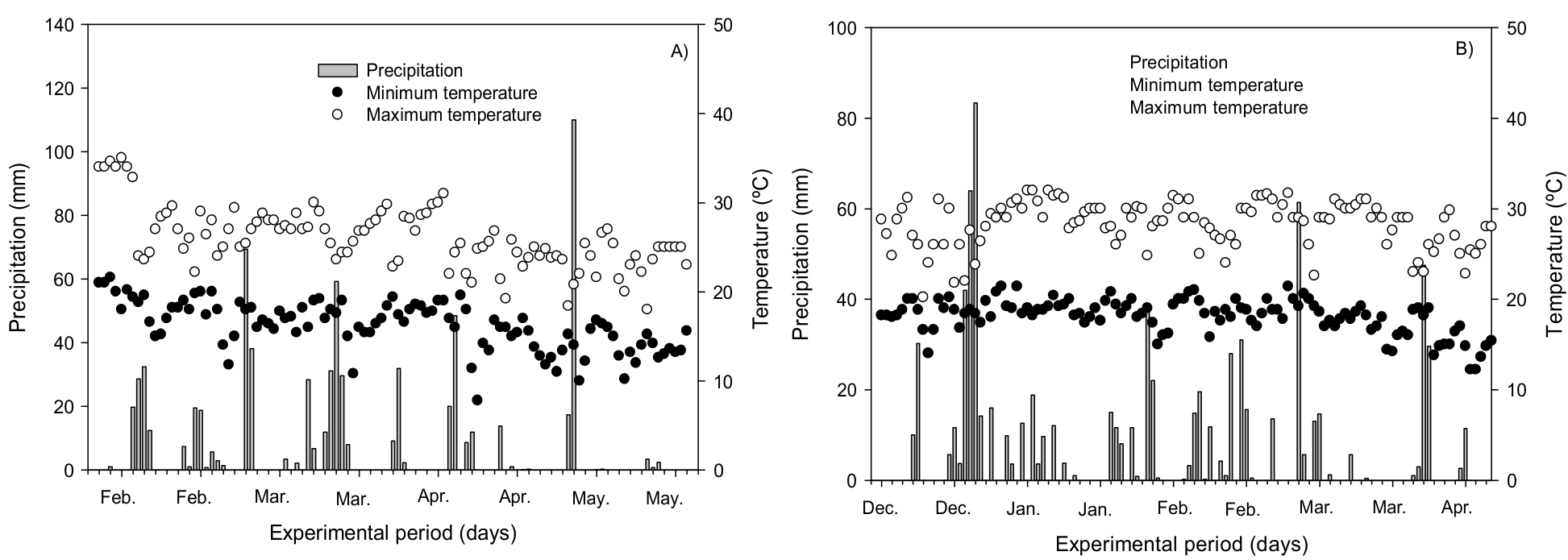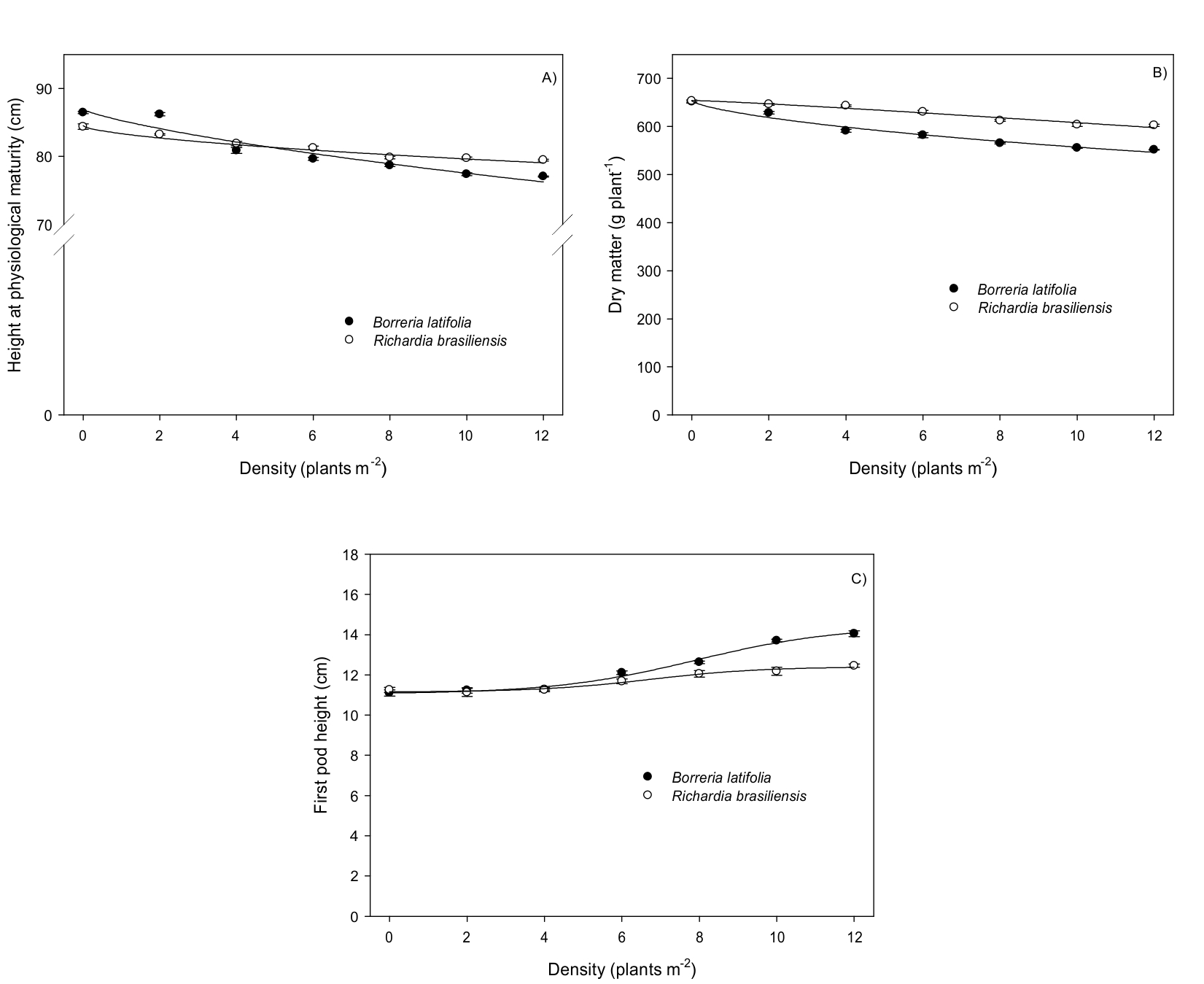ABSTRACT:
Weed species is one of the factors contributing to grain yield losses due to crop-weed competition. Two of the most common weeds of soybean fields in Brazil are from the Rubiaceae family: Borreria latifolia and Richardia brasiliensis. This study aimed to evaluate the effects of B. latifolia and R. brasiliensis on plant development, yield components, and soybean productivity. Two assays were conducted in a randomized block design with four replications, using a two-level factorial design, in which the first factor consisted of the species B. latifolia and R. brasiliensis and the second factor consisted of the densities 0, 2, 4, 6, 8, 10, and 12 plants m-2. Plant height, leaf area and total chlorophyll in the V6 and R5 stages, number of pods per plant, number of grains per pod, 1000-grain weight, and grain yield loss were evaluated in both cultivars. Grain yield of both soybean cultivars was negatively affected by the interference with B. latifolia and R. brasiliensis. The species B. latifolia was more competitive with soybean when compared to R. brasiliensis, causing higher reductions for all variables. Each B. latifolia plant per square meter is able to reduce the yield of soybean by 3 a 4.4%, while each R.brasiliensis plant reduces yield by 2 a 2.6%. For both species, the reduction in soybean yield due to competition was caused by a decrease in the number of pods per plant, number of grains per pod, and 1000-grain weight.
Keywords:
interspecific competition; Glycine max; Richardia brasiliensis; Borreria latifolia; density

 Thumbnail
Thumbnail
 Thumbnail
Thumbnail
 Thumbnail
Thumbnail
 Thumbnail
Thumbnail
 Thumbnail
Thumbnail
 Thumbnail
Thumbnail
 Thumbnail
Thumbnail
 Thumbnail
Thumbnail
 Source: IAPAR (Instituto Agronômico do Paraná). UTFPR, Pato Branco, PR, 2016.
Source: IAPAR (Instituto Agronômico do Paraná). UTFPR, Pato Branco, PR, 2016.






